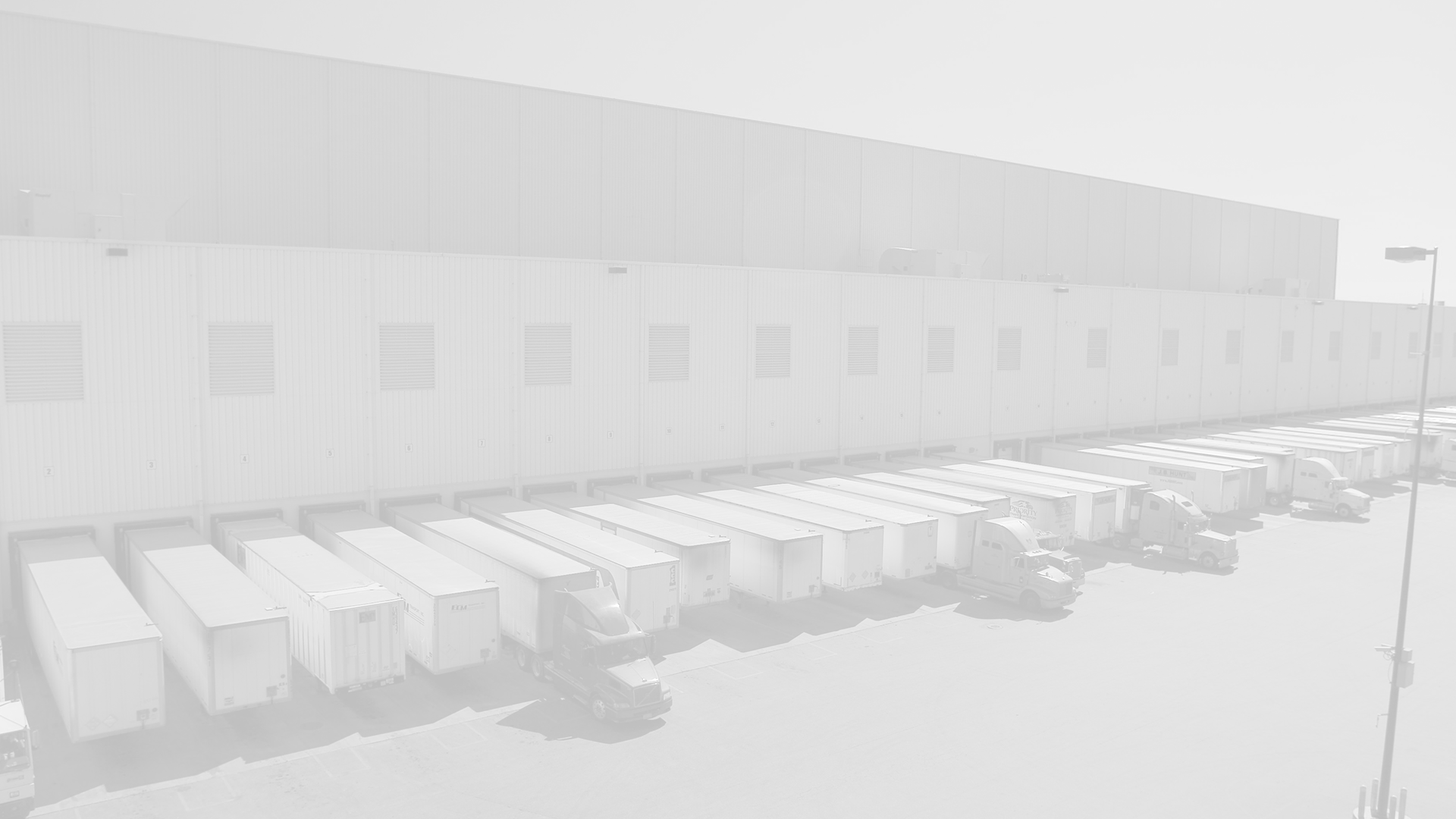Usually new technology takes jobs away but in the case of the new robotics world, it is bringing jobs back to America. Smaller, less expensive robots are making it more affordable for manufacturers to build factories and distribution facilities in the US. This reduces costs and improves quality controls over off-shore solutions. So, the work is coming back to Americans in the form of higher-paying and better jobs. HOO RAH to bots!
Robots Are Starting to Make Offshoring Less Attractive
The hype around robots taking jobs is reaching a crescendo, in response to an insightful new bookThe Second Machine Age by Erik Brynjolfsson and Andrew McAfee, as well as an Oxford Martin School study: ‘The Future of Employment: How susceptible are jobs to computerization?‘ The former states that digital technology and robotics are advancing at such a pace that: “Professions of all kinds — from lawyers to truck drivers — will be forever upended. Companies will be forced to transform or die.” The latter claims that up to 47 percent of American jobs are susceptible to robots and automation within the next seven to 10 years.
Despite the doom and gloom, advances in robotics and associated technology are having a positive impact on local manufacturing and services and both sustaining and creating jobs. In developed economies, they have even sparked a trend toward the return of jobs from overseas, or “botsourcing.” This new wave of bringing production back home through robotics automation may be the single biggest disruptive threat to India’s $118 billion information technology industry. The more processes can be automated, the less it makes sense to outsource activities to countries where labor is less expensive.
The threat is being taken seriously elsewhere in Asia as well. Foxconn, the world’s largest contract electronics manufacturer best known for manufacturing the iPhone, has recently announced it will spend $40 million at a new factory in Pennsylvania, using advanced robots and creating 500 jobs.
Thanks to one of the most advanced robotic manufacturing facilities in the world, Tesla Motors builds its electric cars entirely in the US.
In each of these cases, the combination of advances in robotics and automation and rising wages in developing countries has upended the promise of cost reductions through outsourcing. Sutherland Global Services, an outsourcing company in Rochester, NY, says it can reduce costs for its clients between 20 and 40 percent by shifting IT work to a developing economy, but it can reduce costs by up to 70 percent if it uses automation software coupled with its U.S.-based employees to complete tasks involving high volumes of structured data.
Nobel Prize-winning economist Paul Krugman writes in his book The Age of Diminishing Expectations: “Productivity isn’t everything, but in the long run it is almost everything. A country’s ability to improve its standard of living over time depends almost entirely on its ability to raise its output per worker.”
The same is true of business: profits increase (or decrease) in proportion to the output per worker. Shifting work to places where labor is cheaper is one way to improve this in the short term. But over time technology is a far more reliable path to increased productivity.
In March 2012, Amazon announced the $775 million cash acquisition of Kiva Systems, a warehouse automation robotics company. By October 2013, Amazon CEO Jeff Bezos noted that they had “deployed 1,382 Kiva robots in three Fulfillment Centers.” Yet Amazon continues to significantly grow its number of employees in these fulfillment centers, adding 20,000 full-time employees in the U.S. last year. This year, when the company announced that it was hiring an additional 2,500 full time U.S. fulfillment staff, it emphasized that the jobs had a 30 percent pay premium over traditional retail jobs. Technology done well doesn’t just replace workers, but makes them more productive.
For managers, the trend toward botsourcing will require a shift in thinking. Rather than moving operations to wherever work costs the least, consider which pieces can be automated, and how best to combine human and robotic expertise.

